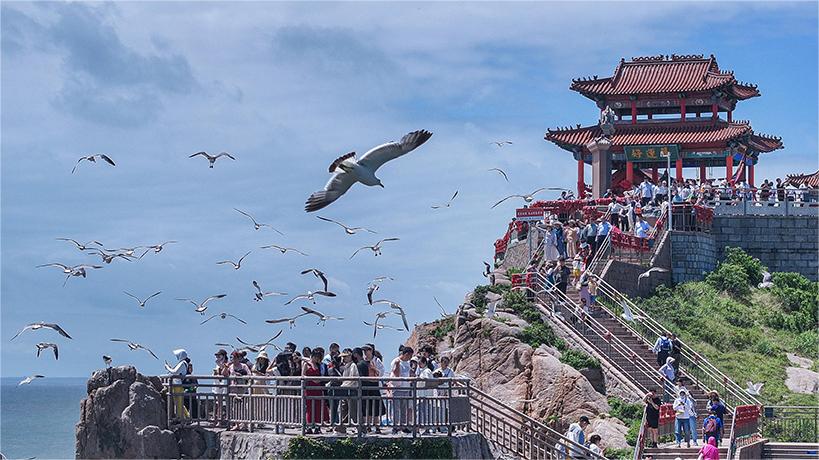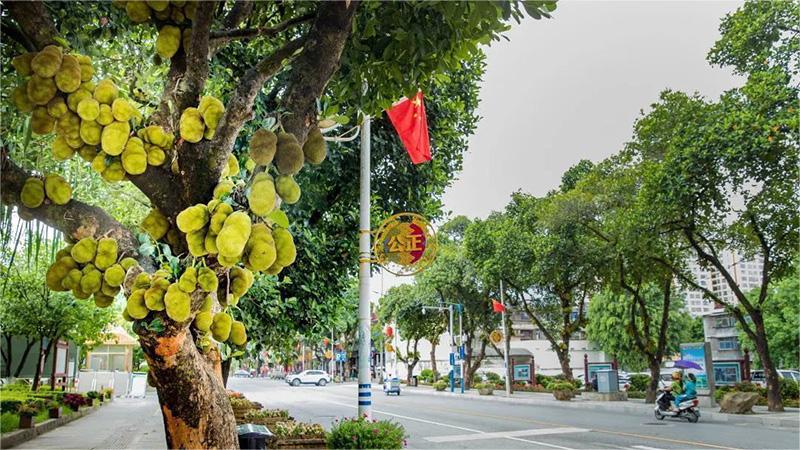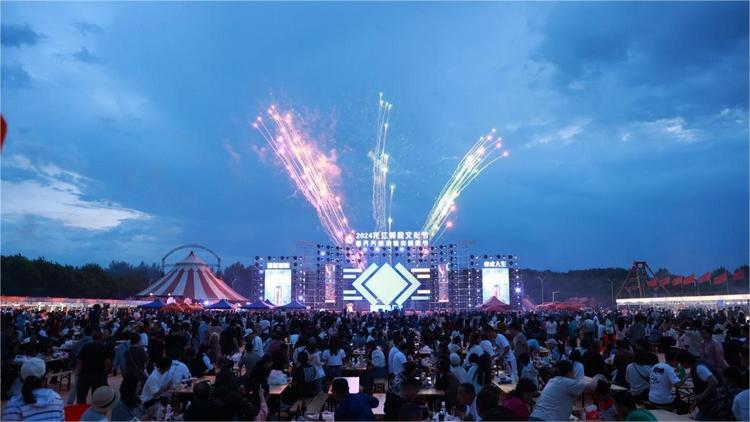Exhibition featuring ancient Chinese characters held in Ethiopia
ADDIS ABABA, July 14 (Xinhua) -- An exhibition featuring ancient Chinese characters was held on Saturday in Addis Ababa, the capital of Ethiopia, to enhance people-to-people and cultural exchanges between China and Ethiopia.
The art exhibition, which displayed a collection of artworks based on the Chinese classic I Ching or "the Book of Changes," brought together the artworks of Ethiopian artist Dawit Muluneh and the famous Chinese calligrapher Wu Jiuyi.
Speaking at the event, Gossa Oda, coordinator of the exhibition, said the exhibition serves as a platform to showcase cultural correlations and shared knowledge between Ethiopia and China through the I Ching paintings.
"By organizing this exhibition, I want to convey the ancient mystery of I Ching that helps enhance connectivity between Ethiopia and China and promote their shared future. A shared future starts from a shared knowledge," said Oda, who is also the owner of Medemer Africa Art and Sculpture Space, where the 64 I Ching paintings are housed.
Oda said such an exhibition would strengthen people-to-people ties and cultural exchanges, emphasizing the importance of knowledge and civilizations for human development.
The exhibition mainly displays the 64 I Ching paintings that represent 64 divinatory symbols in "the Book of Changes," portraying the day-to-day interaction between man and nature.
"They are meant to share knowledge and feelings to visitors with descriptions written in Chinese, English, and Amharic (Ethiopia's working language)," said Muluneh, who completed the 64 I Ching paintings within a year.
He said the exhibition can be considered a stepping stone to promoting cultural exchanges and creating win-win situations for common development between the peoples of Ethiopia and China.
"The I Ching paintings have backgrounds with Ethiopian painting styles and express heaven, contention, harvest, hindrance, and relief, among others," said Muluneh, who draws similarities between the traditional arts of Ethiopia and China.
Wu, a Chinese calligrapher who painted different Chinese characters on the spot, said in an interview with Xinhua that he was taken by surprise when he saw an Ethiopian artist painting Chinese characters.
"The paintings are meaningful in illustrating that China and Ethiopia share ancient history in traditional art," Wu said.
The exhibition attracted the Chinese community in Addis Ababa, Ethiopian artists and painters, and schoolchildren.
Photos
Related Stories
- Call for Papers: International Conference on Ideas of Human Rights in the Ancient Chinese Classics
- Poetic verses open doors to China's cultural treasures
- Teenagers from HK participate in study tour in E China's Jiangsu
- A Brazilian's love on martial arts and traditional Chinese medicine
- Chinese Culture Land - Vienna Camp kicks off in Austria
Copyright © 2024 People's Daily Online. All Rights Reserved.









